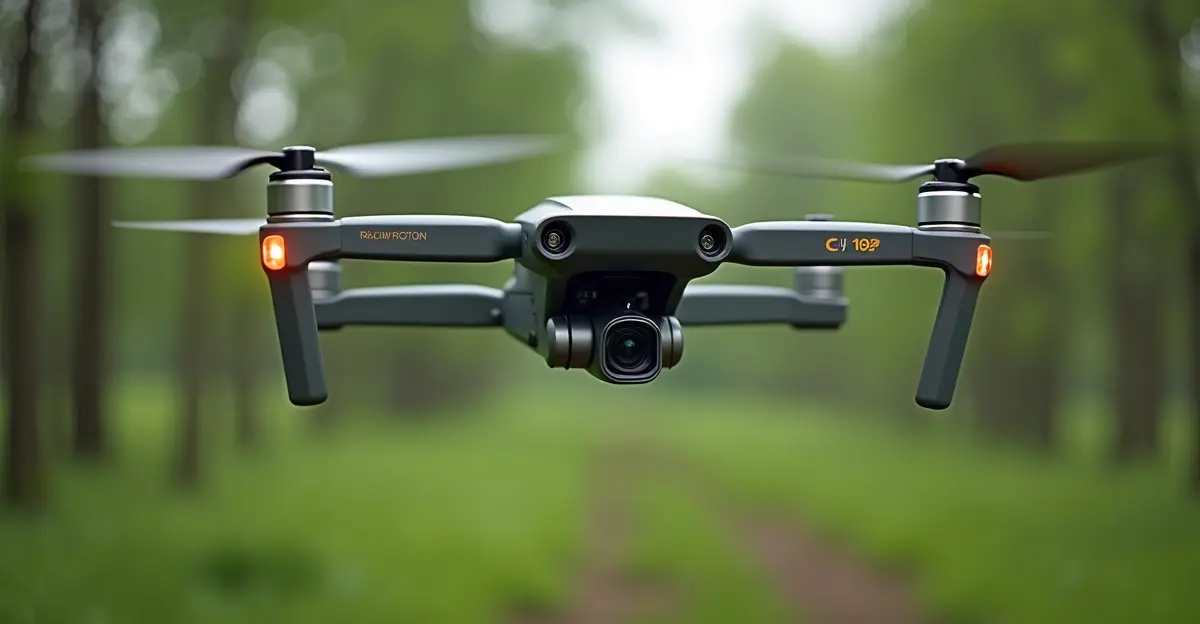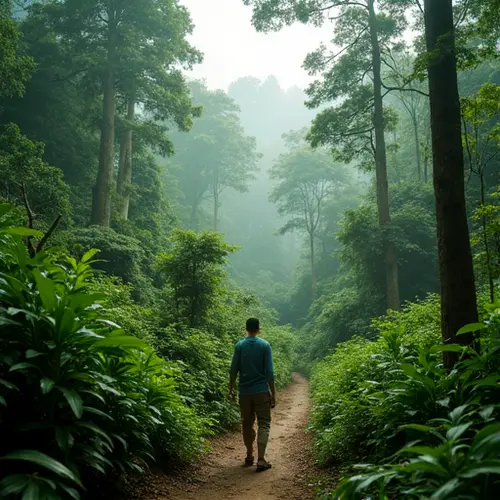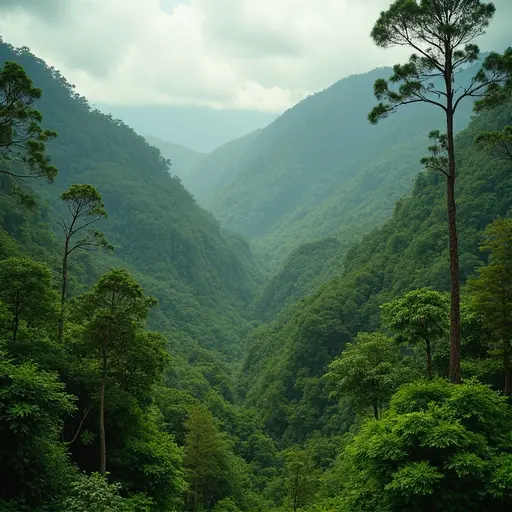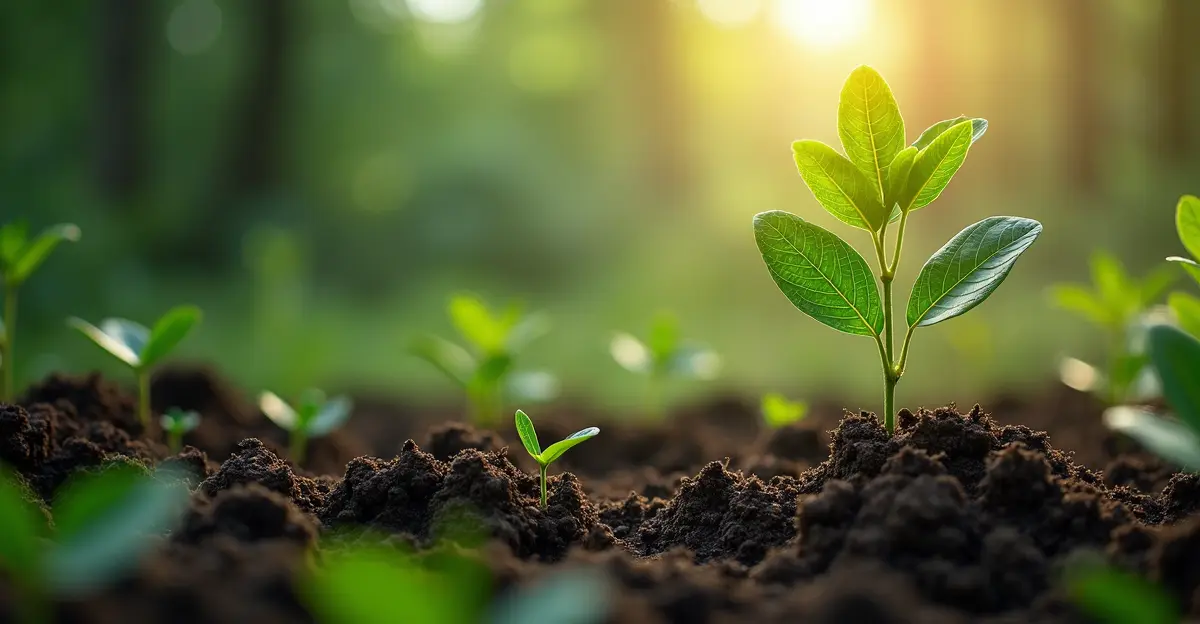Reforestation drones are revolutionizing tree planting with advanced technology that plants 50,000+ trees daily, achieves higher survival rates, and reduces costs by 50-80% compared to manual methods.

How Automated Drones Are Transforming Global Reforestation
In the face of escalating climate change and deforestation, a technological revolution is quietly taking root in forests worldwide. Reforestation drones are emerging as a powerful tool in the fight against environmental degradation, offering unprecedented speed, precision, and efficiency in tree planting operations.
The Technology Behind Drone Reforestation
Modern reforestation drones operate through a sophisticated three-stage process that combines cutting-edge technology with ecological science. First, mapping drones equipped with LiDAR and multispectral cameras create detailed 3D terrain models, identifying optimal planting locations based on soil quality, moisture levels, and biodiversity factors. Next, specialized planting drones deploy biodegradable seed pods containing native tree species, nutrients, and moisture-retaining compounds. These pods are fired into the soil at precise depths using pneumatic systems, ensuring optimal conditions for germination.
'We're not just planting trees; we're engineering entire ecosystems from the air,' says Charlotte Garcia, an environmental technology expert. 'The precision we can achieve with drone technology is revolutionizing how we approach large-scale reforestation.'
Real-World Impact and Success Stories
Canadian startup Flash Forest exemplifies the potential of this technology. The company has already planted over 2.9 million trees across 52 projects involving 25+ different species. Their drones can plant up to 50,000 trees daily in areas that would be inaccessible or dangerous for human planters. Flash Forest recently conducted Canada's largest-ever drone reforestation pilot in northern Quebec, where 44 million acres burned in devastating 2023 wildfires.
The technology is particularly valuable for supporting Indigenous communities like the Ouje-Bougoumou Cree Nation, who collaborate on reforestation planning for their traditional territories. 'This technology helps us restore our ancestral lands in ways that were previously impossible,' notes a community representative.
Advantages Over Traditional Methods
Reforestation drones offer significant advantages compared to manual planting methods. They operate 10 times faster than human planters while reducing costs by 50-80% in remote areas. The technology achieves 2-3 times higher tree survival rates through precise seed placement and optimal growing conditions. Drones can access challenging terrains like steep slopes, post-wildfire landscapes, and remote locations that would be impractical for traditional planting crews.
Research shows that drone-based reforestation can plant 100,000+ trees per day compared to the 2,000 trees a skilled human planter can manage. This scalability is crucial given that global deforestation claims approximately 18 million acres annually.
Challenges and Future Developments
Despite the promising results, drone reforestation faces several challenges. Seed shortages, germination issues, and regulatory restrictions remain significant hurdles. The initial investment in drone technology and training can be substantial, though costs are decreasing as the technology matures.
Future developments include AI-powered species selection based on real-time environmental data, improved seed pod designs for better germination rates, and enhanced monitoring systems using machine learning to track seedling survival and ecosystem health. Experts predict that integration with IoT sensors and advanced analytics will further improve precision and success rates.
Global Implications for Climate Change
The implications for climate change mitigation are substantial. Healthy forests act as crucial carbon sinks, and rapid reforestation is essential for meeting global climate targets. Drone technology enables the scale and speed needed to address the growing gap between deforestation and reforestation rates.
'We're at a critical juncture where technology and ecology must work together,' Garcia emphasizes. 'Reforestation drones represent one of the most promising tools we have to combat climate change while restoring biodiversity.'
As wildfires intensify and deforestation continues, the marriage of drone technology with ecological restoration offers hope for a greener future. With companies like Flash Forest aiming to plant 1 billion trees by 2028, automated reforestation is poised to become a cornerstone of global environmental conservation efforts.

 Nederlands
Nederlands
 English
English
 Deutsch
Deutsch
 Français
Français
 Español
Español
 Português
Português









